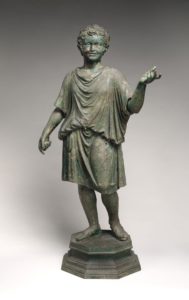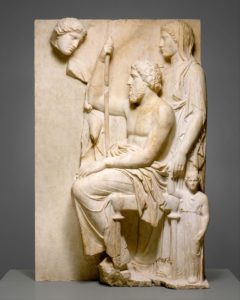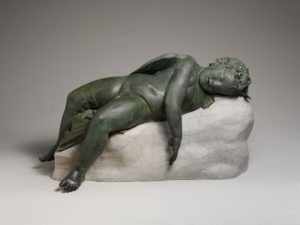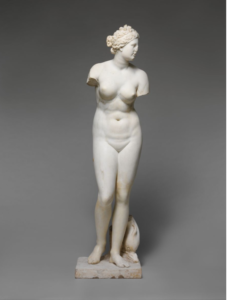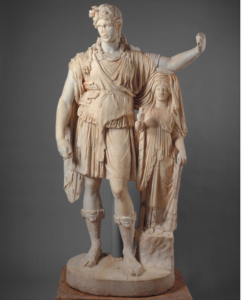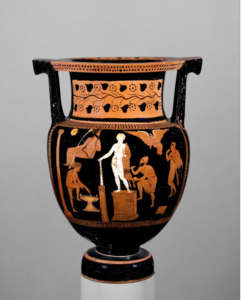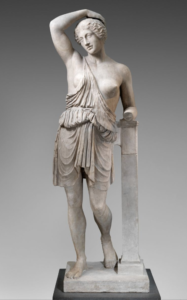Topic: Jewelry in Ancient World
Thesis: Jewelry had a big impact on the ancient world and its art.
Intro: Jewelry was often passed from generation to generation as family heirlooms. Occasionally it was dedicated at sanctuaries as an offering to the gods. The form/ size of jewelry or what part of your body the jewelry was worn could identify what class you are a part of. Sometimes jewelry was made to honor not only the gods but the kings of the ancient world. Every detail of jewelry from the material used to the carvings have hidden meanings.
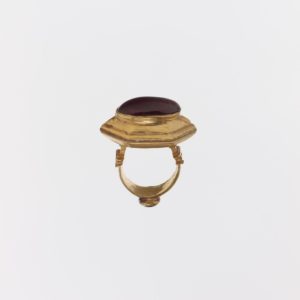
Gold and cabochon garnet ring
3rd–2nd century B.C.
Metropolitan Museum of Art of New York City
The size of the hexagonal bezel, set with a plain but impressively large oval garnet, combined with the fact that another smaller garnet is set in a circular bezel at the center of the hoop at the rear, suggests that one was meant to wear this ring on the thumb. The piece is a striking example of the extravagant and ostentatious lifestyle of the rich in the Hellenistic world.
2. 
Gold Ring
3rd–2nd century B.C.
Metropolitan Museum of Art of New York City
Intaglio gold ring: head of Alexander the Great in the guise of Herakles, wearing the lion’s skin, with paws, fastened around the neck.
3. 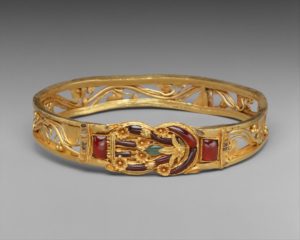
Gold armband with Herakles knot
3rd–2nd century B.C.
Metropolitan Museum of Art of New York City
The Herakles knot on this sumptuous armband is enriched with floral decoration and inlaid with garnets, emeralds, and enamel. According to the Roman writer Pliny, the decorative device of the Herakles knot could cure wounds, and its popularity in Hellenistic jewelry suggests that it was thought to have the power to avert evil.
4. 
Gold openwork hairnet with medallion
3rd–2nd century B.C.
Metropolitan Museum of Art of New York City
The medallion represents the head of a maenad, one of the female followers of the god Dionysos, wearing spiral earrings, a wreath of vine leaves and grapes, and a panther skin.
5. 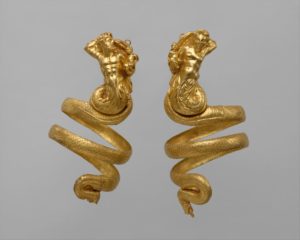
Pair of Gold Armbands
3rd–2nd century B.C.
Metropolitan Museum of Art of New York City
These imposing serpentine armbands represent two tritons, male and female, each holding a small winged Eros.

 Carolyn Lawrence, Malcolm X
Carolyn Lawrence, Malcolm X  Carolyn Lawrence, Uphold Your Men, 1971
Carolyn Lawrence, Uphold Your Men, 1971  Adger Cowans, Shadows, New York 1961
Adger Cowans, Shadows, New York 1961 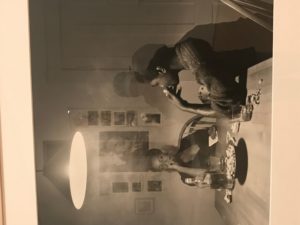 Carrie Mae Weems, Untitled (Man Smoking /Malcolm X)
Carrie Mae Weems, Untitled (Man Smoking /Malcolm X) 
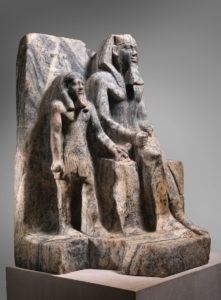
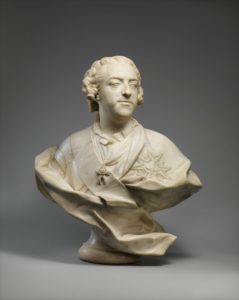










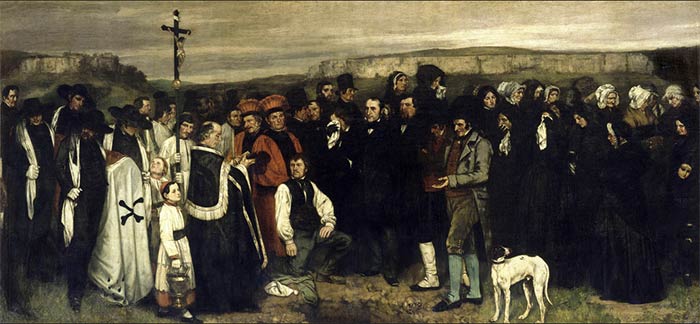
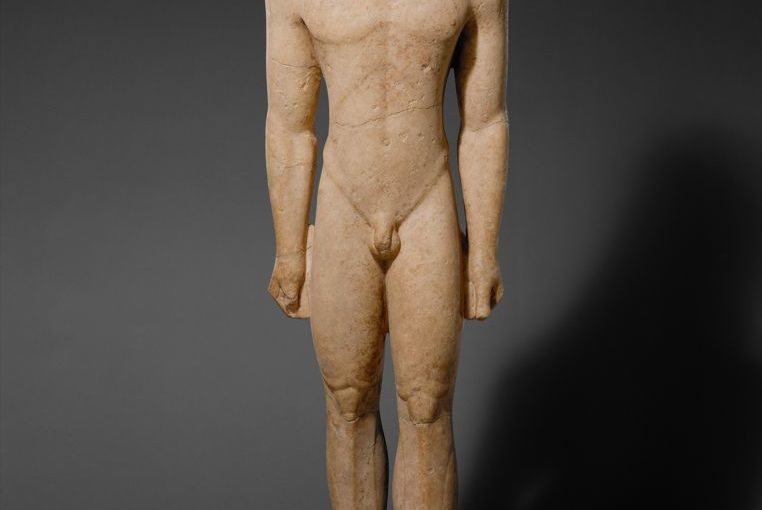
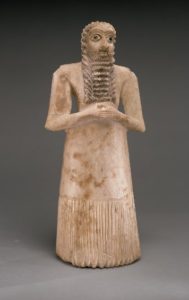 Artist: N/A
Title: Standing Male Worshiper
Date: 2900–2600 B.C.
Museum: The Metropolitan Museum of Art
Artist: N/A
Title: Standing Male Worshiper
Date: 2900–2600 B.C.
Museum: The Metropolitan Museum of Art
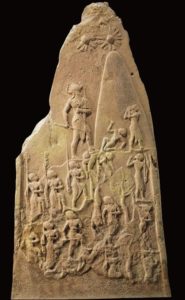 Artist: N/A
Title: Stele of Naramsin
Date: 2245 BCE
Museum: Louvre Museum (Paris)
Artist: N/A
Title: Stele of Naramsin
Date: 2245 BCE
Museum: Louvre Museum (Paris)
 Artist: N/A
Title: Stele of Hammurabi
Date: 1780 BCE
Museum: Louvre Museum (Paris)
Artist: N/A
Title: Stele of Hammurabi
Date: 1780 BCE
Museum: Louvre Museum (Paris)
 Artist: N/A
Title: Kouros
Date: 600 BCE
Museum: The Metropolitan Museum of Art
Artist: N/A
Title: Kouros
Date: 600 BCE
Museum: The Metropolitan Museum of Art
 Artist: Polykleitos
Title: Doryphoros (Roman copy)
Date: 450-440 BCE
Museum: Museo Archaeologico Nazionale (Naples)
Artist: Polykleitos
Title: Doryphoros (Roman copy)
Date: 450-440 BCE
Museum: Museo Archaeologico Nazionale (Naples)
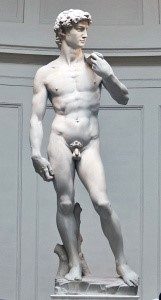 Artist: Michelangelo
Title: David
Date: 1504
Museum: N/A
Artist: Michelangelo
Title: David
Date: 1504
Museum: N/A
 Artist: Raphael
Title: School of Athens
Date: 1509
Museum: N/A
Artist: Raphael
Title: School of Athens
Date: 1509
Museum: N/A

